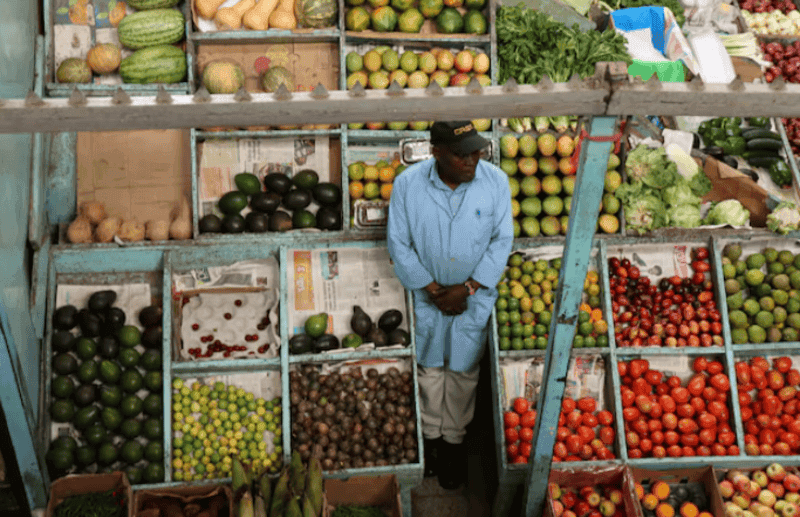Loading News Article...
We're loading the full news article for you. This includes the article content, images, author information, and related articles.
We're loading the full news article for you. This includes the article content, images, author information, and related articles.
Kenya's headline inflation rose marginally in September 2025, primarily due to increased vegetable prices, impacting household budgets across the country. This uptick signals persistent cost of living pressures, particularly for low- and middle-income earners.

Kenya's annual inflation rate climbed to 4.6 percent in September 2025, a slight increase from 4.5 percent in August, according to data released by the Kenya National Bureau of Statistics (KNBS) on Monday, September 30, 2025. The Central Bank of Kenya (CBK) attributed this rise in non-core inflation mainly to higher prices of select vegetable items, reflecting seasonal supply pressures and disruptions within the agricultural value chain. This marks the third consecutive month of acceleration for the inflation rate, reaching its highest point since June of the previous year.
Food and non-alcoholic beverages remain the primary drivers of inflation, with an 8.4 percent annual increase in this category. This category alone contributes significantly to the overall inflation rate, accounting for approximately one-third of household expenditure in Kenya.
Beyond vegetables, other key sectors also contributed to the inflationary pressures. Transport costs saw a 4.0 percent annual increase, largely influenced by higher fuel prices. Housing, water, electricity, gas, and other fuels collectively recorded a 1.4 percent annual rise, with electricity charges notably increasing. These three categories—food, transport, and housing-related expenses—account for over 57 percent of the total weight across the 13 major expenditure categories measured by KNBS.
Despite the overall increase, prices for some essential household items experienced slight declines between August and September 2025. These include loose maize grain, sifted maize flour, sukuma wiki (kale), sugar, paraffin, and cooking gas. Conversely, items such as oranges, mangoes, cabbages, potatoes, and tomatoes saw price increases.
The persistent inflationary pressures, particularly from food items, are likely to fuel public debate and influence policy decisions in the near term. Analysts suggest that the Central Bank of Kenya's Monetary Policy Committee (MPC), which is scheduled to meet on October 7, 2025, may consider maintaining an accommodative monetary policy stance. This is partly due to core inflation, which excludes volatile food and fuel prices, remaining relatively stable at 3.8 percent.
The CBK's target range for year-on-year inflation is between 2.5 percent and 7.5 percent, and the current rate remains within this band. In August, the CBK had cut its benchmark lending rate by 25 basis points, indicating room for further easing as inflation was well within its target.
The continued rise in food prices, particularly vegetables, poses a significant risk to household purchasing power, especially for vulnerable populations. Disruptions in the agricultural value chain, whether due to seasonal factors or other unforeseen events, could exacerbate these pressures. Sustained high inflation could also impact economic growth and potentially lead to calls for government intervention to stabilize prices.
The upcoming Monetary Policy Committee meeting on October 7, 2025, will be crucial for insights into the CBK's strategy for managing inflation. Observers will also be keen to see if government interventions or improved agricultural supply chains can alleviate the pressure on vegetable prices in the coming months.